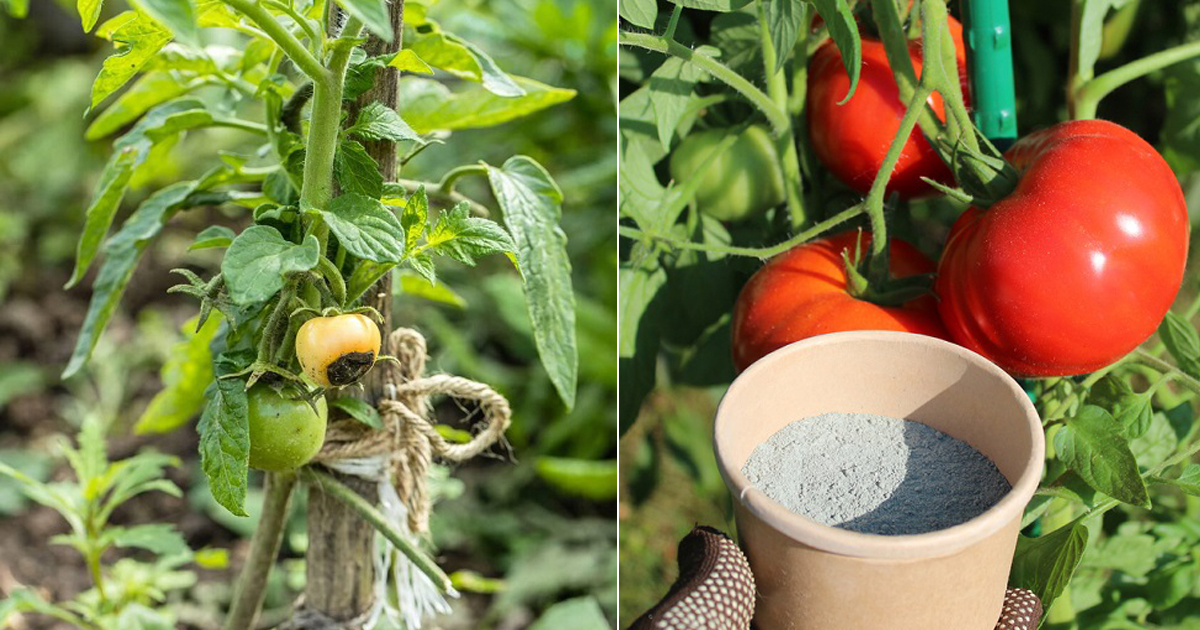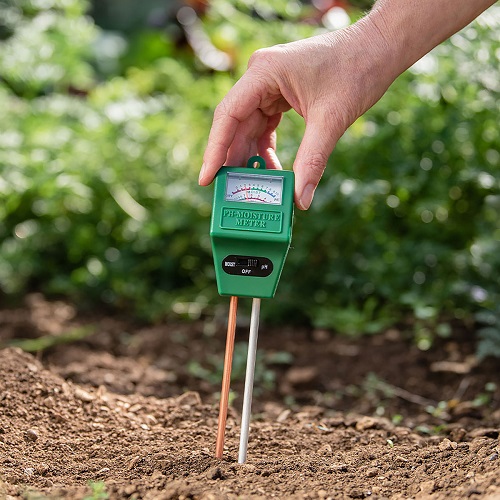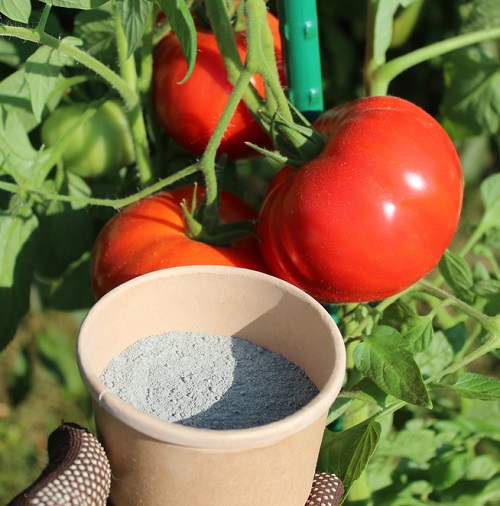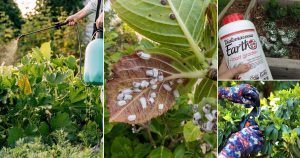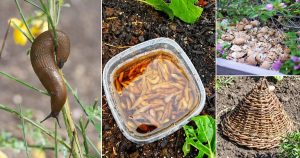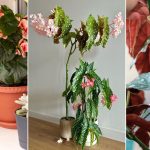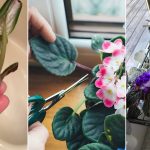Find the Ways to Stop Blossom End Rot in easy-to-follow measures mentioned below and harvest fresh, healthy veggies.
If you are looking for Ways to Stop Blossom End Rot, then this post is for you. Read the best tricks to control this issue and harvest healthy vegetables and fruits.
Blossom End Rot
Blossom End Rot (BER) is a biological disorder of tomato, it shows off a dark, sunken spot on their bottoms. It reduces the quality of the fruit and makes the tissue of the blossom end crumble and rot. Squash, pepper, and eggplant also get affected by this problem.
The symptoms of this disorder arise on both green and ripened fruits and are detected by water-soaked areas that widen slowly and develop into brown, hollow, leathery blemishes on the bottom end. In most cases, secondary pathogens, which emerge as a black, fuzzy-like growth, infect the affected part and rot the entire fruit. BER will not disperse from fruit to fruit.
What Does Blossom End Rot Appear?

It takes place on the first fruits produced on plants. Firstly, water-soaked spots like small bruises arise, most frequently on the blossom end of the fruits. Spots expand and turn dark brown to black, leathery, and hollow. Usually, fungi and bacteria infest the spotted areas, causing tissue decay.
Causes of Blossom End Rot
Lack of calcium in the fruit results in blossom end rot. It may come due to low calcium in the soil or uneven watering. It’s not a fungal but an environmental issue. This problem occurs during early or mid-summer when the plant is growing actively and finds it difficult to maintain the calcium level as per plant need.
Ways to Stop Blossom End Rot
This disorder is physical in nature, so fungicides cannot work as a control measure. Follow the given measures to prevent blossom end rot.
1. Soil Moisture
Constant soil moisture is essential to prevent this disorder. Make sure to water frequently your tomatoes in dry weather, they require up to one inch of water per week. Let the water perforate down into the soil to soak the whole root zone. Remember that calcium in the soil is not close to the plant’s roots, it may need to move to enter the root zone with soil moisture.
2. Confirm Your Garden Soil pH is Close to 6.5
The correct pH assist with calcium absorption, at this pH level, calcium and other nutrients become readily available for plant use.
3. Maintain Calcium
Blossom end rot in tomatoes occurs due to calcium deficiency. Test the soil to check the calcium level. If it is low, then improve it by adding crushed eggshells or gypsum.
4. Avoid Overfeeding
Avoid overfertilization, mainly the synthetic chemical type, and apply nitrate (NO3-) instead of the ammonium (NH4+) type of nitrogen fertilizer. Too much ammonium ions can interrupt with calcium’s accessibility. You can feed the plant with fish emulsion, compost, seaweed extracts, or use a balanced organic granular fertilizer.
Note: The fertilizer has to be low in nitrogen and high in phosphorus.
5. Apply Mulch Early and Properly
In the early season, apply a layer of 2-3 inches of organic matter on the topsoil around the tomato plants. It will keep the soil evenly moist and reduce weed. You can use shredded leaves, untreated grass clippings, and straw.
Check the Below-Mentioned Ways to Control Blossom End Rot
- Do not over or underwater the plant; water evenly and mulch the soil to preserve moisture in dry periods.
- If possible, select resistant vegetable varieties.
- Apply high levels of calcium such as oyster shell, gypsum, or bone meal to the soil by planting time.
- Keep the soil evenly moist; use foliar spray with a calcium solution or kelp.
- Try foliar application of 5 percent (1-2 tablespoons) liquid calcium in a gallon of water. Blend with a natural surfactant to improve adhesiveness.
- A soil test should be done regularly to ascertain the calcium content in the soil.
- If you are living in a region with cold climate, allow the soil to turn warm before planting as cold soil restrict nutrient intake.
- Keep the records in the garden, as some varieties are more vulnerable to blossom end rot compared to others.
- Remove the infected fruits immediately after noticing them, though the rot will not spread from fruit to fruit or plant to plant.
- Do not cultivate deeply around plants after fruit set, specifically in dry weather.

